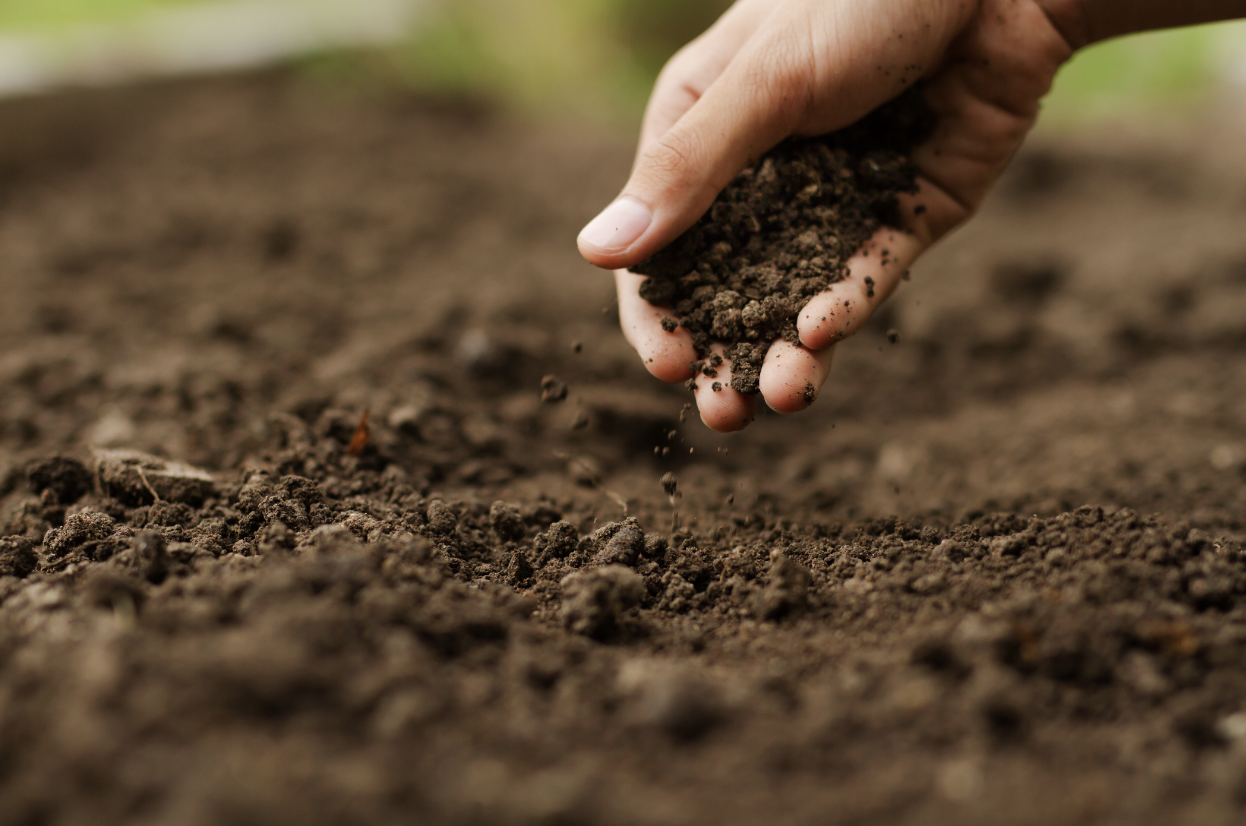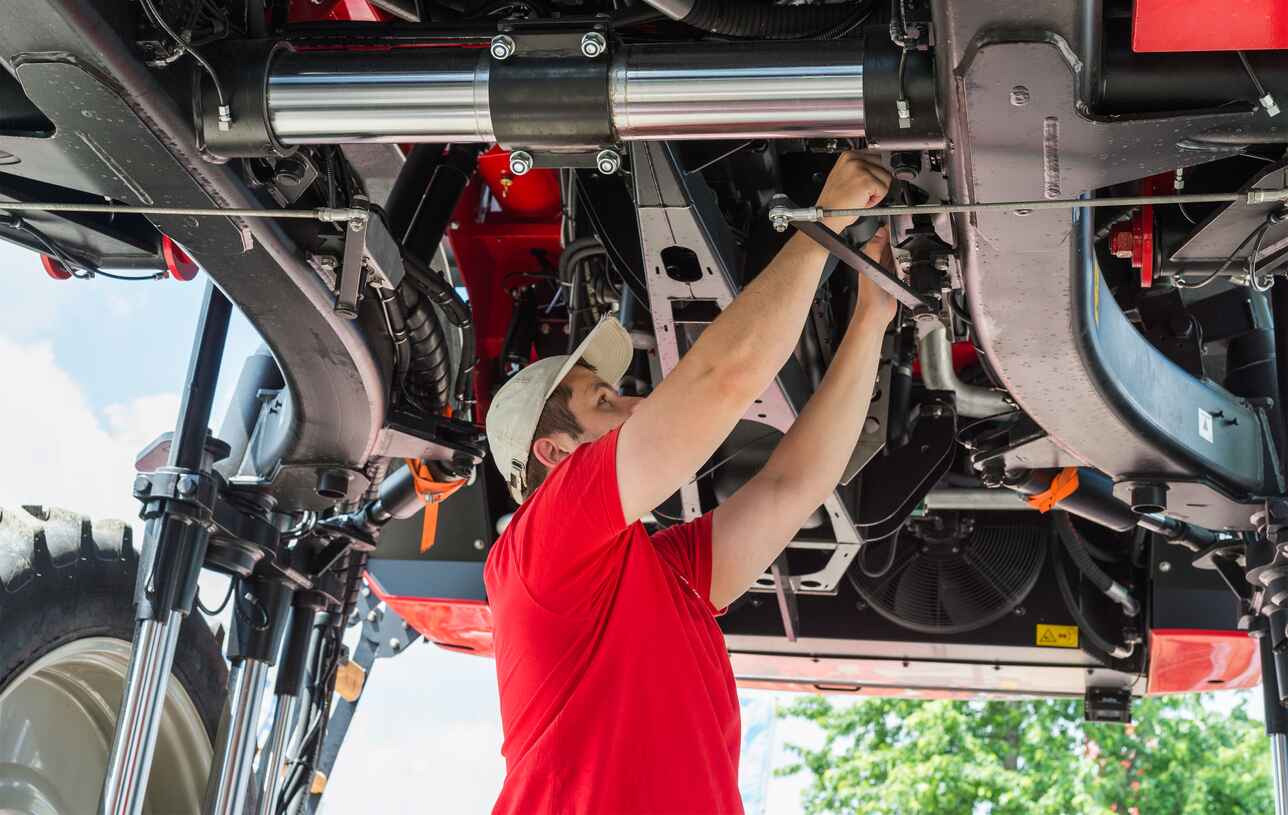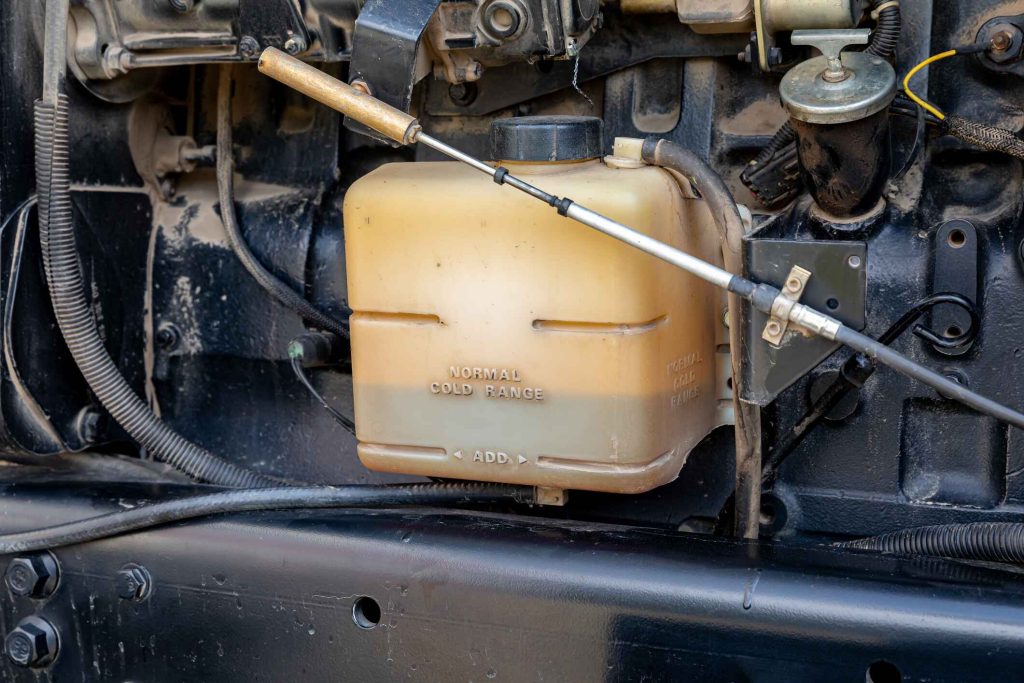Farmers have long known that healthy soil makes for healthier and more abundant crops. This is important because of our need to produce enough food globally for a growing population, within a limited land mass.
But food production isn’t the only thing motivating an increased focus on soil health. Increasingly, we’re learning about the soil’s ability to capture and sequester carbon, making it one of the most significant prospective tools in the fight to slow global warming.
So how does it work – how does soil capture and hold onto carbon? And how can farmers meet growing demand for crops while still protecting this delicate natural process? Let’s take a look.
What is carbon?
Carbon is the fourth most abundant chemical element in the universe. It’s the building block for life as we know it, because it has the ability to form complex molecules like proteins and DNA. Earth is a ‘closed system’ when it comes to carbon – we have a fixed amount, that never changes.
How is carbon stored and released?
Most carbon on Earth is stored in the atmosphere and in rock, but a lot is also stored in living matter including live organisms and vegetation. Plants and other organisms are always exchanging carbon with the atmosphere – this is called the carbon cycle.
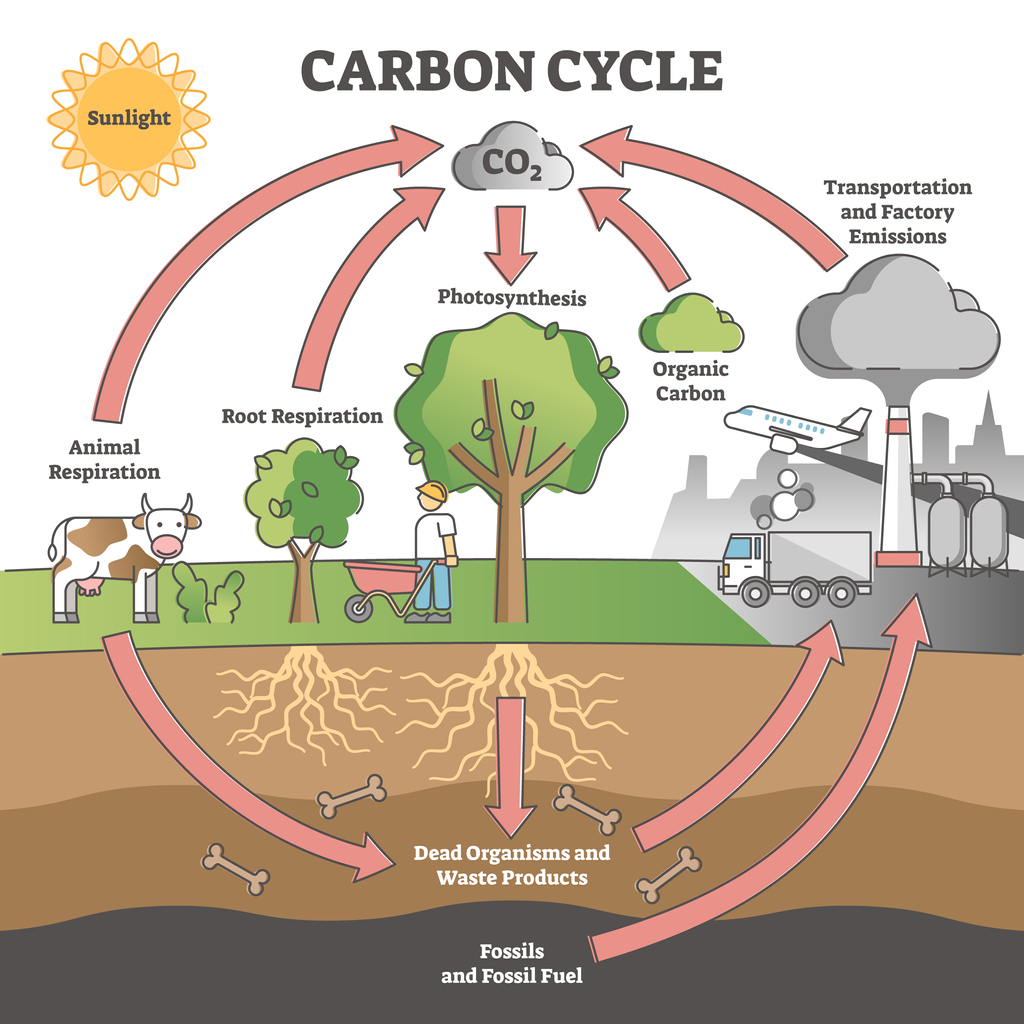
Carbon dioxide (CO2) in the atmosphere is absorbed by plants as they photosynthesise. This carbon is then stored in the leaves, trunks and roots of the plants or trees. Living things eat the plants, and convert them into energy in a process called respiration, which generates CO2 as a waste product – this can be exhaled during breathing, or expelled in the form of other C02-based gases like methane, and goes back into the atmosphere.
When plants and other organisms die, the carbon they were made of is released as they decompose, and becomes part of the soil. Decomposed vegetable matter from plants can eventually, after very long periods of time, be transformed by immense pressure into rocks and even fossil fuels, like coal.
When we dig up or burn these fuels, large amounts of carbon get released into the atmosphere. Carbon is also released when we remove vegetation, when we burn trees for fuel, and when we till the soil.
Why is carbon bad?
In short, it isn’t. Without carbon, life on earth couldn’t exist. Carbon dioxide in our atmosphere acts like insulation, retaining heat from the sun so that Earth doesn’t get too cold. But too much carbon dioxide in the atmosphere intensifies this warming effect.
Scientists estimate that since humans started burning fossil fuels during the industrial revolution, the average surface temperature on earth has risen by 1.8°F. They are concerned that too much warming could have serious consequences for Earth such as a rise in sea levels, habitat loss and extreme weather patterns that could affect farming and food supplies.
Under the terms of the Paris Climate Agreement, the global goal is to reduce carbon emissions and keep the average surface temperatures at no more than 3.7°F above pre-industrial levels.
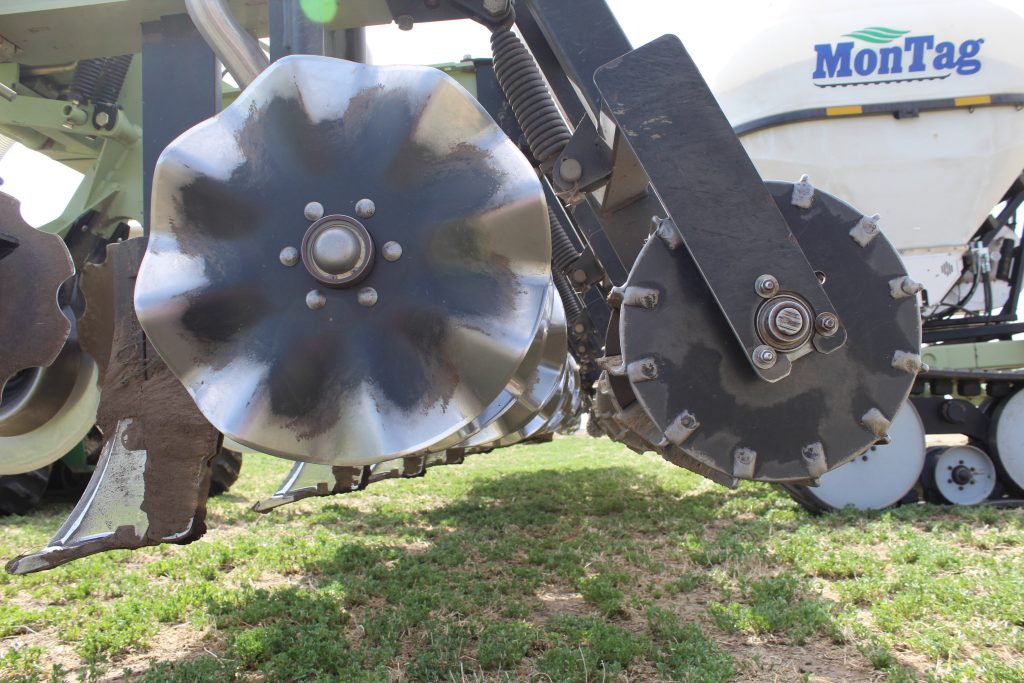
How does the soil trap (sequester) carbon?
Many natural environments like forests, wetlands, peatlands and grasslands are referred to by scientists as ‘carbon sinks’ because they trap and store huge amounts of carbon deep underground.
During photosynthesis, plants absorb carbon dioxide from the air. They use sunlight and special cells called chloroplasts to convert it into glucose, which they use to help them grow, and oxygen, which they release into the atmosphere. The carbon molecules remain stored inside the plant’s structures and when the plant decays, they are typically transferred to the soil.
As plant lifecycles continue, old plants die and new ones germinate, feeding off the decaying plant matter in the soil. In the upper levels, some carbon will always be exchanged between the soil and the plants or the atmosphere, but if the soil itself is left undisturbed, the stored carbon eventually percolates down to lower and lower levels where it can be locked away or sequestered for much longer.
Does carbon make soil more fertile?
Yes. Carbon is the main component of soil organic matter and helps give soil its structure, water retention capacity, and fertility. Soils rich in organic matter can support complex ecosystems including fungi and micro-organisms that are vital for strong, healthy crops. These soils will have a defined structure that allows them to absorb and retain moisture, and move nutrients around effectively. As well as supporting strong plant growth, this means that carbon-rich soils are less prone to flooding, wind erosion and other forms of degradation.
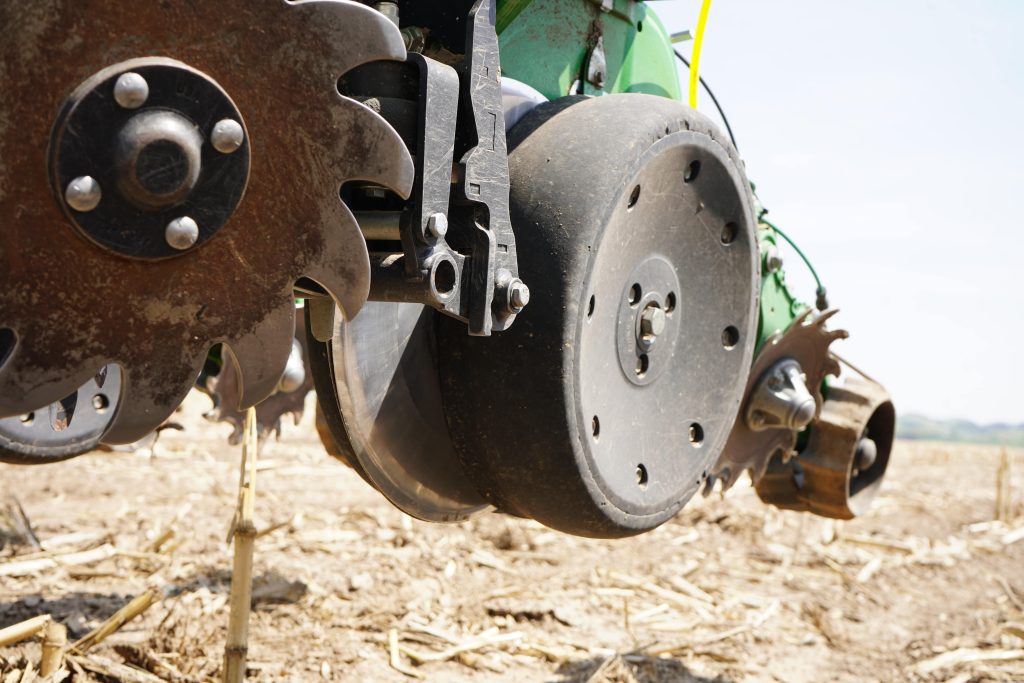
Carbon & no-till farming
Increased understanding of how the soil traps carbon and why this can be beneficial for farmers has led to a rise in the popularity of conservation tillage, particularly no-till.
For generations, farmers believed that the best way to keep soil healthy and get good yields was to churn it up before each planting to make it very friable, and apply lots of fertilizers – but in recent times, that thinking has begun to change. It’s becoming accepted that while fertilizers may always be needed to support intensive farming regimes, less tillage helps the soil to retain these nutrients as well as moisture.
What is no-till farming?
No-till farming is the gold standard of conservation tillage because, as the name suggests, it’s built on the principle of not tilling the soil. In no-till, the previous crop residue is left in place to decompose and a system of crop and potentially livestock rotation is used to manage soil nutrition in addition to the application of fertilizers.
During planting, seed openers are used to cut a trench right through the previous year’s trash, into which the seed is planted and covered over with as little soil disturbance as possible. This means that as much of the carbon as possible contained in the soil and in the plant matter is left in place, offering the greatest opportunity for long-term carbon sequestration. Here are some benefits of no-till for farmers and the environment:
Soil structure is preserved
Plant roots, pores and capillaries in the soil structure are preserved so that the soil can more easily move moisture and nutrients around. Fertilizers and rainwater are absorbed more readily, reducing the risk of soil degradation or erosion even in intensive farming cycles.
Micro-organisms flourish
Soil is full of micro-organisms from insects and worms down to microscopic fungi and bacteria that can be beneficial for crops. When we don’t turn the soil over as in conventional tillage systems, these organisms can thrive – ensuring crops grow strongly, and capturing even more carbon in the soil.
Water is conserved
One of the biggest benefits of no-till is that it prevents loss of moisture from the soil. Even when surface layers appear dry and cracked, in no-till systems you typically find that the subsoil stays moist for much longer than in conventional systems. This can make crops much more resilient to drought.
Agronomic efficiency
Farmers running no-till systems can save significantly on fuel because they don’t till or cultivate the soil before planting or during the growing season. They also save money on tillage parts and machinery. No-till farming is a very time-efficient way of working, although it does require some careful thought and planning to make the system work effectively.
Other conservation tillage methods like strip-till, ridge-till and mulch-till are less effective at retaining soil structure and preventing carbon release, but they do help to slow the process down which has benefits for farm yields and the environment alike.
Looking for tools for your conservation tillage system?
Wearparts offers a wide range of tillage and planting parts compatible with all popular machinery brands and designed to give your no-till or conservation tillage system the edge. Discover 30% longer wearlife and guarantees against breakage for efficient planting and less downtime – find a dealer today!

